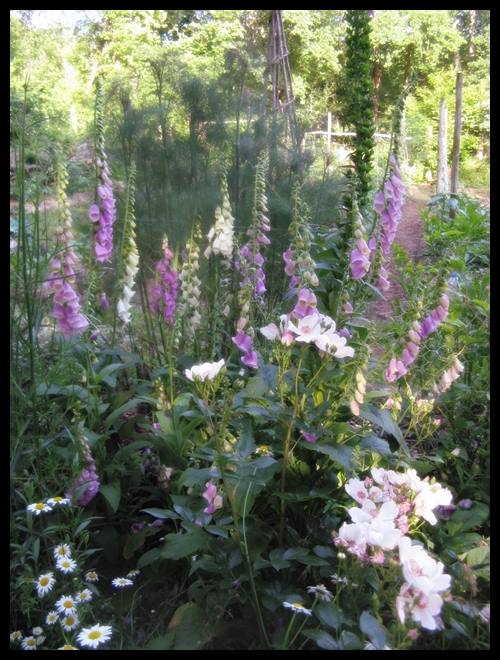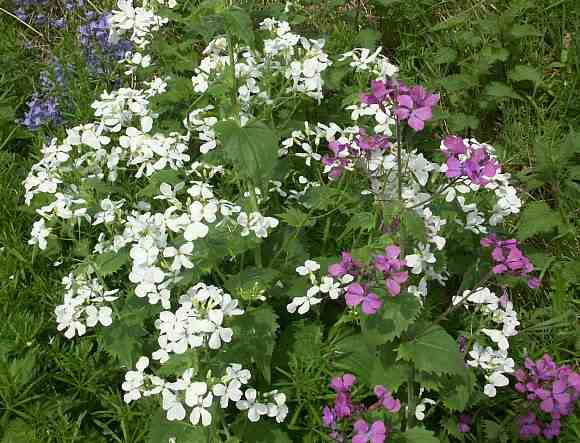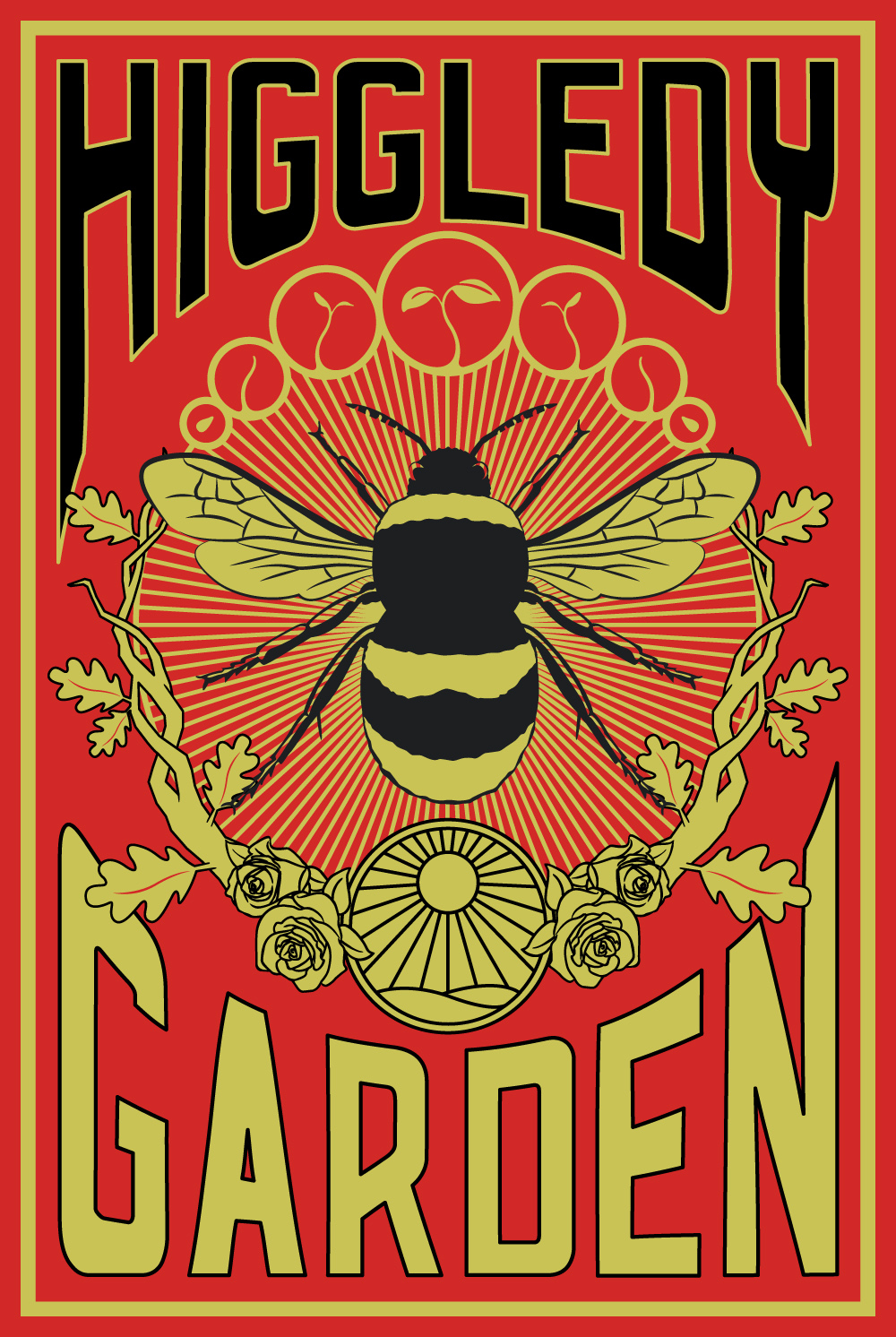Best biennial flowers for the cutting garden.

FAQ: Which biennial flowers are the best for the cutting garden?
Ans: Higgledy biennials of course!
“biennial, Any plant that completes its life cycle in two growing seasons. During the first growing season biennials produce roots, stems, and leaves; during the second they produce flowers, fruits, and seeds, and then die.” Britanica

Many folk who are new to having a cut flower patch can be reticent to grow a flower which will not produce blooms for nine months but when you consider that most of that time is in the winter when you wouldn’t have any blooms anyway, it makes it a less jagged pill to swallow. Biennials also have the important role of very early and very abundant flowers in spring. They really do kick off your season wonderfully early.
Also it’s important to realise that biennials need not take up as much bed space as you might first think. If you are short on space you can sow them into pots in June and July, then let them dawdle away until your annuals have gone over in say early September. Then simply pull out the annuals and replace them with the biennials. (Add some organic matter to keep them happy.)

Link: The Higgledy Biennial bundle 2022!
In my cut flower gardens I don’t have flowers that are grown from bulbs, growing everything from seed is my shtick and therefore my biennial flowers are the first on the patch flowering in May. They are the trumpet blowing cavalry that finally see off the last bedraggled armies of winter. Then the flower patch is once more in my control, it will be mine right up until Halloween after which it is left to go to seed for the birds.
How To Grow Biennial Flowers. Five Top Tips:

*Sow in June and July. This will give you strong and established seedlings ready to be planted out in September.
*During June my flower beds are all being utilised, so instead of direct sowing into the soil I tend to sow up my biennial seeds in trays. Sowing into the ground where they are to flower is a perfectly acceptable option. (I will be doing this with my 2022 season raised beds.)
*I prefer to sow biennials in modular trays and find that 15 cell modules do the job swimmingly well. In these 9 cm by 9 cm square cells the plants can fill the space without getting pot bound before it is time to plant them out.

*Biennials don’t need much heat to nudge them into germination, I simply place my trays outside somewhere out of the way and let them get on with it, just make sure you keep them watered. A greenhouse may be too hot.
*Plant out biennials before the Autumn equinox, (when daylight hours and dark hours become equal) around September 23rd. In my own garden at this time I have spare flower beds, Sweet Peas and Autumn sown annuals will now have gone over.
Which biennials are best in the cutting patch.
Lunaria annua. Honesty. No biennial patch could be without Honesty. White or purple, four petalled flowers, followed by pale, smoky, moonlike (Hence ‘Lunaria’) seed discs, make Honesty a fantastic addition to your flower patch. Happy in sun or partial shade, a no-fuss, non-nonsense plant beloved by the bees for its early offering of much needed nectar. Prolong flowering by deadheading or leave spent flowers to go full cycle in their journey to become seed pods.
Wallflower. Much like Sweet William, Wallflowers fell out of grace with the gardeners in the 80’s and 90’s. The Victorians (whom I’m sure were a much more colourful bunch than we give them credit for) loved Wallflowers and used them extensively in their newly created city parks. Grow them for wonderful scent and bold early colour. Auricula Eyed is my personal fav but I also grow ‘Alba’ and ‘Nigricans’ for a very dark crimson for when I’m pretending to be sophisticated.
Link: The Higgledy Garden Seed Shop.
Daucus carota. Wild Carrot. Although a common enough native plant, Daucus carota deserves a place in the garden and certainly in the cut flower garden. Thousands of delicate, lacy flowers form an umbel with a solitary dark purple flower at the centre. The umbel folds inwards as the flower runs to seed and produces a nest like tangle which is a flower arranger’s dream. Rustic chic at its best. I also always grow Daucus as an annual in spring and it plays the game admirably.
Digitalis. Foxglove. Slender yet imposing, Foxgloves bring a giraffe-like elegance to the garden. Give them a leaf rich soil in dappled shade and they will thank you for it. For the purposes of cutting they are fairly ‘space greedy’ for the limited cropping they offer but then who can put a cost on that level of charm? After harvesting, side shoots will produce a second flush of more delicate blooms.Foxgloves always remind me of Granny Higgledy’s garden. I grow three varieties. Alba (White), Sutton’s Apricot, and Excelsior (This is a splendid mix of colours.)
Hesperis matronalis. Sweet Rocket. In Greek mythology the daughters of Hesperis were nymphs of the sunset, I imagine this relates to the fact that the flower releases its heady sent in the evening. Hesperis has a purple and a white form, both of which can suit an informal planting. The petals are edible, sprinkle them on a salad and your culinary skills will be the talk of Swindon.
If you haven’t tried growing biennials I urge you to give it a go….least of all because it will make me rich beyond my wildest dreams! ;)
Have a wonderful weekend.
Kindest regards
Higgers and Flash
